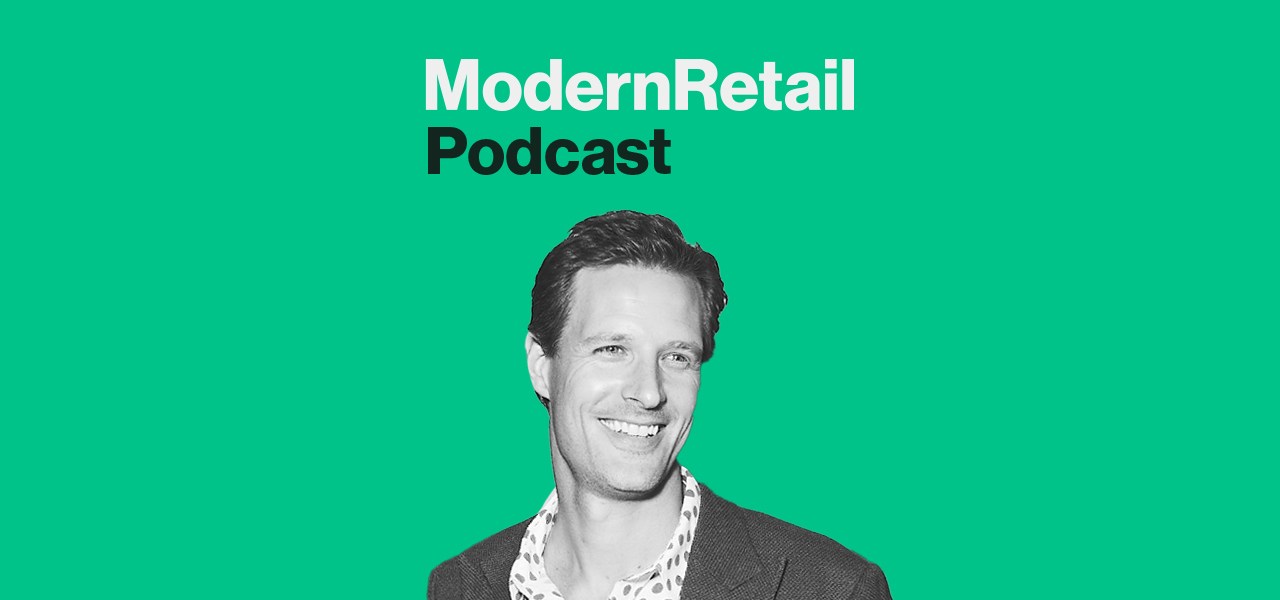‘In hospitality, you really have no intellectual property’: Bluestone Lane’s Nick Stone on building an experiential coffee chain

Subscribe: Apple Podcasts • Spotify
Coffee shops may have seen a dip during the pandemic, but they’re back and booming.
That’s especially true for the coffee chain Bluestone Lane. The company is ten years old, but has really kicked business into gear over the last few years. The coffee shop has over 60 locations and has seen its business grow 350% since the pandemic. Its founder and CEO Nick Stone joined the Modern Retail Podcast this week and spoke about Bluestone’s strategy and future ambitions.
Part of the thesis behind Bluestone is customer service from Down Under. “If you have a coffee shop or a cafe in Australia that has the best coffee, but if they deliver it in a way that is cold and impersonal and obnoxious, Australians will boycott it,” Stone said. (It shouldn’t come as a shock that he is Australian.)
According to Stone, the best way for a business like his to thrive is to provide a good experience. “In hospitality, you really have no intellectual property.” Instead, he has tried to build Bluestone as a place people want to spend time in.
That means doing one thing and doing it well. While Bluestone has attempted side-hustles like its own line of CPG products, Stone now believes that it’s hard to run multiple types of businesses at once. “I think it’s incredibly hard to do both at the same time unless you have enormous resources,” he said.
For him, the focus is on opening more locations — Bluestone is slated to have 70 locations by the end of this year — while making sure customers feel comfortable and welcome in them.
Ad position: web_incontent_pos1
“I think ultimately coffee shops should be about driving community,” he said.
Here are a few highlights from the conversation, which have been lightly edited for clarity.
A focus on warmth
“One of the reasons why I started Bluestone was: I couldn’t believe that the more specialty coffee shops came across at times as a little bit pretentious — a little bit cold. If you ask for milk in a beverage, you’re viewed as a second-class citizen. And that was very strange to me because you charge more for someone that has a milk-based beverage like a latte, than you do for for an Americano or a long black. I think ultimately coffee shops should be about driving community. And it should be about driving this ritual where people look forward to having the experience on a daily basis — where they leave feeling more excited about the world and that they’re part of a business [and] they’re part of a community.”
Why Bluestone isn’t expanding into CPG
“I think at some stage, we will definitely push further into CPG. But I think it’s incredibly hard to do both at the same time unless you have enormous resources. I think a lot of brands try and do both, and they get caught halfway. And I think it can be a really poor return on intellectual capital and financial capital. Honestly, Covid forced you to make some really really hard decisions. We were pursuing a dual-track approach. We launched two ready-to-drink beverages, the Australian iced lattes. One ended up winning best new coffee beverage at Expo East. So our first entry, we won. [I was] thinking, wow, this is amazing — this is so great. A first-entry gold medal. But once you peel back the layers, you realize how much capital and how much focus — and the skill set required — to build a CPG business while you’ve got this retail business that’s already doing $50, $60 million at that stage. It’s hard to do both unless you just have abundant resources.”
The suburbs are where it’s at
“The real estate footprint has been shaped tremendously by Coivd. We had a really precarious real estate strategy going into Covid. We were so over-indexed in these inner urban business districts. We only had one suburban store. And, Covid showed everyone that the play was to be in the suburbs. If you wanted to have a business that survived, you’ve got to go where people were residing, not where they were working. And Bluestone’s strategy was kind of the opposite — it was where people were going to work. And we had our cafes in residential areas, but they were primarily inner urban. So since Covid, we’ve really focused on exclusively residential areas. And we’ve pushed into a lot of these commuter suburbs. So, not deep suburban, more like these commuter suburbs.”

